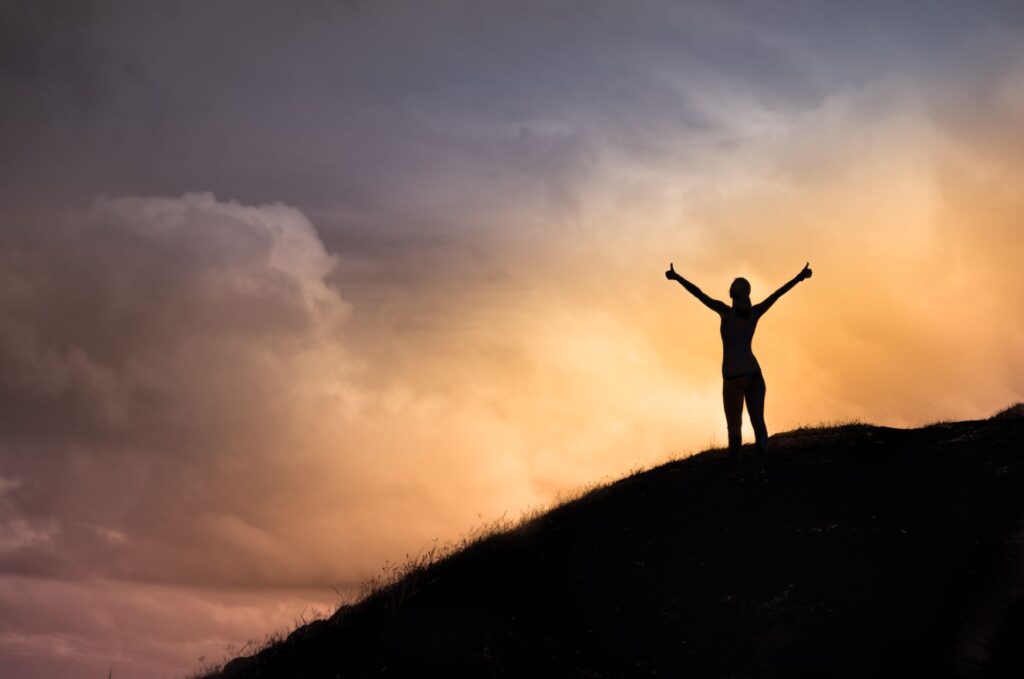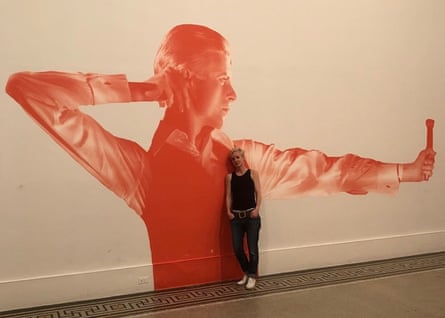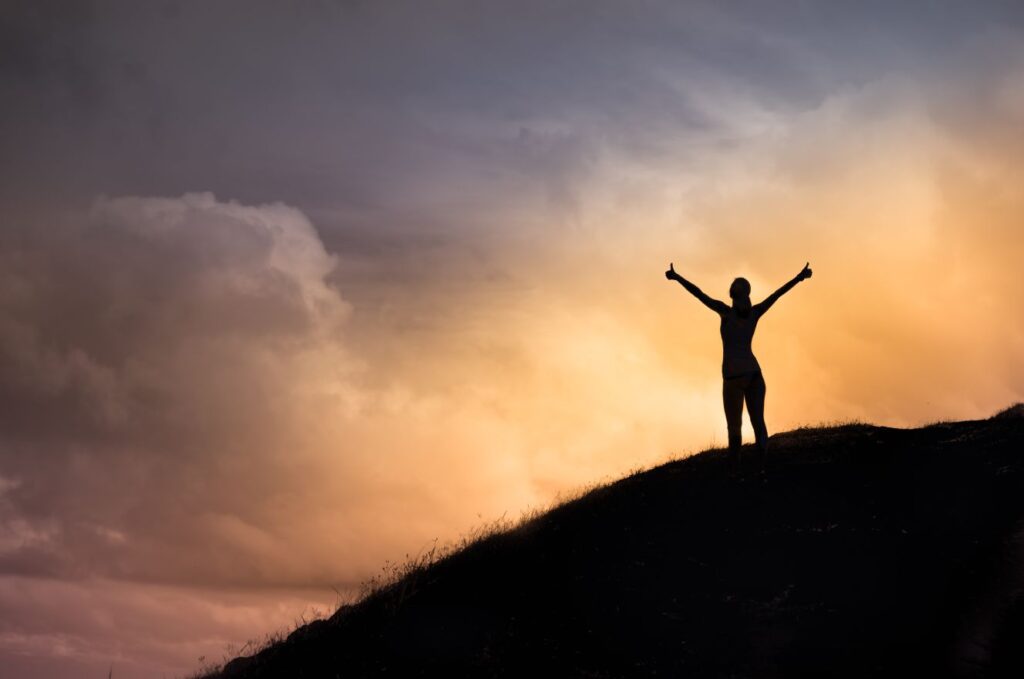
In 2011, a few years before the David Bowie Is exhibition debuted at the Victoria and Albert Museum in London, I publicly identified as a lesbian. Until that moment, my romantic life had solely involved men, one of whom I had married. Two years later, in my early 40s, as a newly single mother of four, I was residing in the US. I began to delve into my gender identity and sexual orientation, seeking clarity.
Born in England during the early 1970s, I grew up before the internet era. As a teen, my peers and I didn’t rely on platforms like Reddit or YouTube for guidance on sexual matters; we looked to pop icons, and in the 80s, gender bending was all the rage. Annie Lennox donned masculine attire, Boy George embraced femininity, and bands like Erasure and Bronski Beat had openly proud members.

Throughout the 90s, I embraced motorbiking and a tomboy style, but returned to a more feminine appearance when I chose to marry. My spouse moved us to the US in 2007, and when our marriage ended, I felt an undeniable draw towards the masculinity I had set aside. With David Bowie being a pioneer in gender expression, I decided to spend a free afternoon during a summer visit back in the UK at the V&A, hoping he could illuminate my path.
Upon entering the exhibition, I was uncertain about what I sought – perhaps I fantasized that immersing myself in the lavishness of Bowie’s exploration of gender could lead me to discover insights about my own identity. Before long, I found myself in front of a small television screen playing the video for Boys Keep Swinging, repeating over and over. Bowie was confidently performing in a dark grey suit, while off to one side, three backup singers in drag huddled around a microphone. Unlike the drag performers I had seen in real life, these women seemed unenthusiastic and disinterested. As they stood in the background, chewing gum, they rolled their eyes at the monotony.
“Boys keep swinging, boys always work it out,” Bowie cheerfully sang, seemingly unaware of their lack of excitement. I momentarily empathized with the backup singers, with their heavy makeup, uncomfortable wigs, and tight fitting gowns. They seemed as uncomfortable in their attire as I felt in women’s clothing—irritable and restless, as if wishing for it to end. Just as I realized I was connecting with three men in drag, one of them removed her wig, wiped the lipstick off her face, and revealed herself to be … Bowie! A twist. (Naturally, there were also two other David Bowies.)
In that instant, I understood that I yearned to shed my own self and become Bowie too. I craved his slender hips, stylish haircut, angular jaw, and flat chest; to channel the slim, Berlin-era Bowie. Yet, I was hindered, knowing that to fully embody Bowie, I first needed to be a man. Coming out as gay was one achievement, but transitioning felt like a considerably more daunting challenge.
It took several more years for me to reach that readiness. During that time, I endeavored to adopt a more masculine presentation: I abandoned makeup, disposed of all my skirts and dresses, cropped my hair, and began wearing men’s clothing. I altered my posture, stride, and even my name and pronouns, though I hesitated at medical steps—the fear of rejection and regret kept me frozen in trepidation.
When the David Bowie Is exhibition concluded its global tour with a stop in Brooklyn, New York, five years later, I returned. I had reached a pivotal moment. I could no longer maintain the facade of being something I wasn’t. In front of the same video in 2018, I recognized that the issue lay not with my clothing, but with my body. I was not a masculine woman; I was a feminine man who had been living life in drag. I aspired to transform into the man clad in the sharp suit, dancing under the spotlight, and now I comprehended that I could.
Shortly afterward, I scheduled an appointment with a doctor. It took a few additional years for my transition to be finalized, but none of my fears materialized. I still possess many of my feminine traits, leading people to often mistake me for a gay man, but I am at peace with that. I desired the freedom to explore gender like Bowie did—and now, comfortable in my body, I can.

